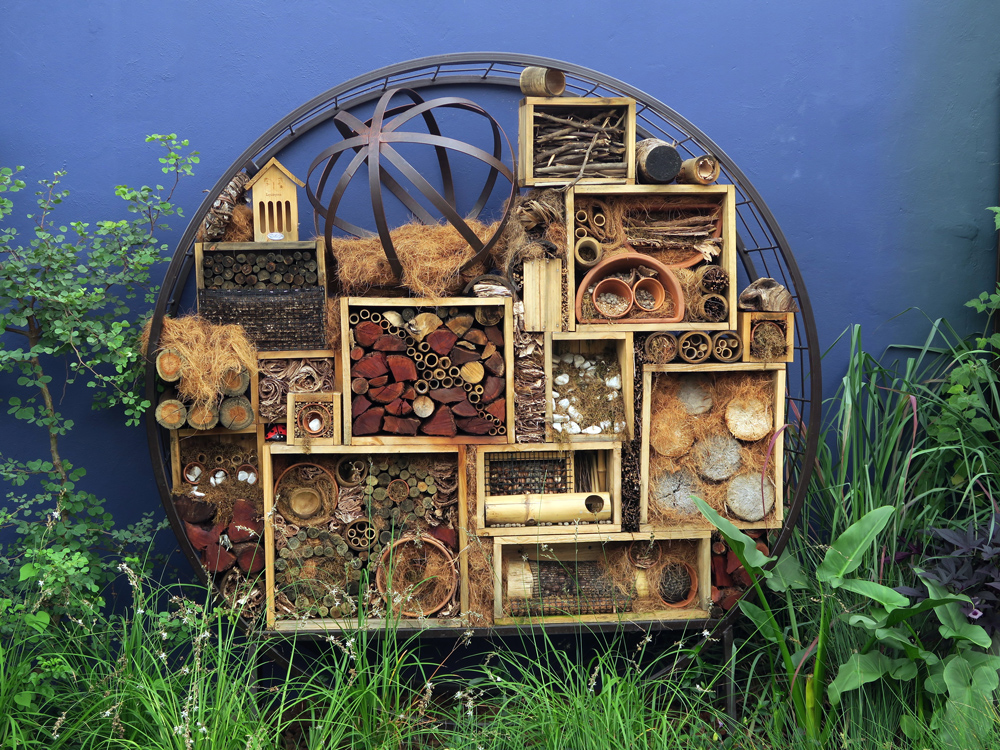Jane Griffiths shows us how and why to make beneficial insects at home in the garden
A healthy, organic vegetable garden should be alive with activity, buzzing with bees, butterflies, spiders, hoverflies and wasps. The more of these beneficial insects you have, the healthier the garden, and the less work there is to do. To invite them and make them stay, offer them accommodation in an insect hotel.
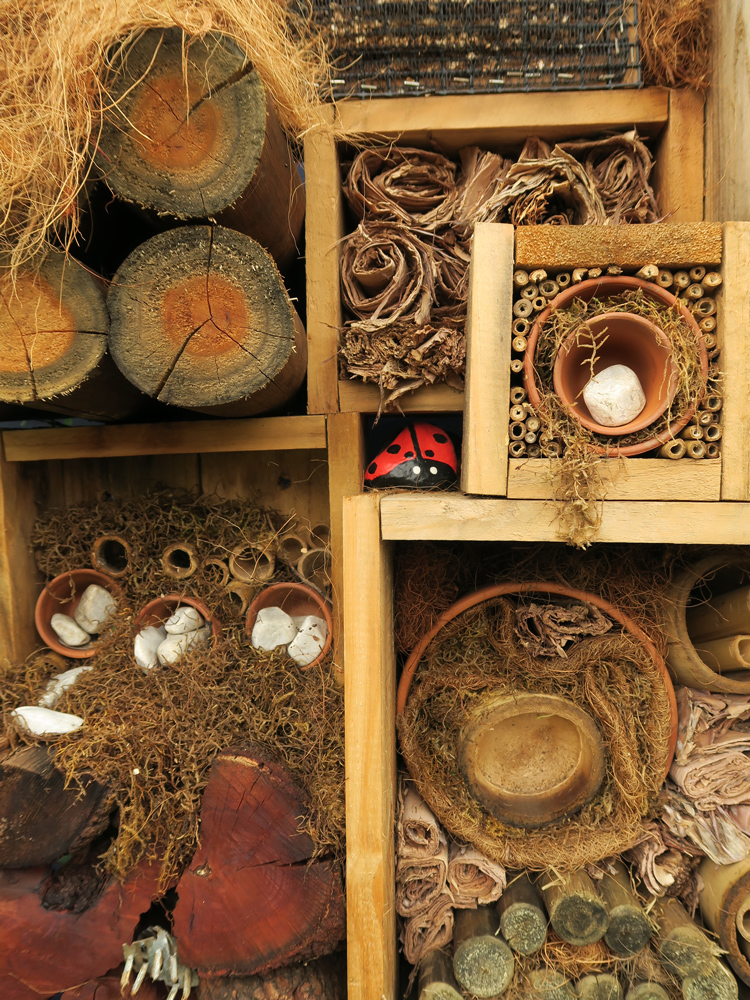
What is an insect hotel?
It’s both a work of art and a warm, inviting space for beneficial insects. Made from recycled and found objects, it provides an array of nooks and crannies where various insects can shelter, hibernate and lay their eggs. It’s a wonderful project for the whole family, plus you create a unique garden sculpture.
Attracting the right guests
The pollinators
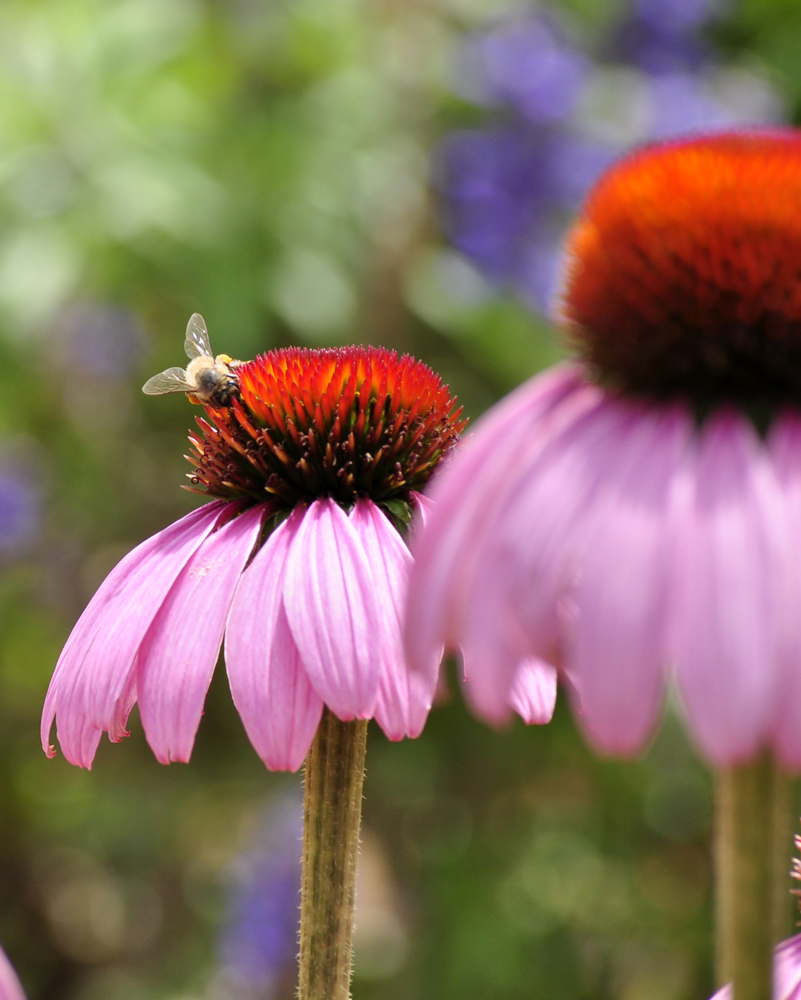
All-important pollinators include butterflies, beetles, flies and an assortment of bees. If you think of bees (which are responsible for pollinating at least a third of all food plants), the honeybee, which lives in extremely ordered social groups comes to mind. But there are thousands of species of solitary bees that are just as important when it comes to pollination. These bees live on their own, making nests, laying eggs, and providing pollen and nectar for their offspring.
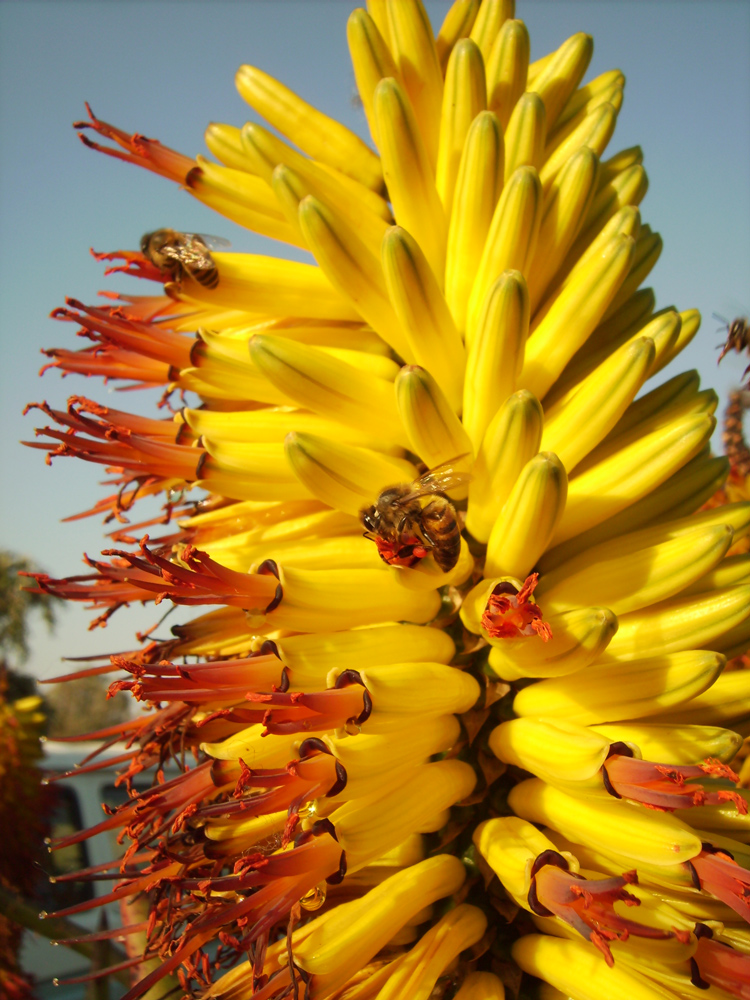
The predators
These include assassin bugs, damselflies, centipedes, daddy long legs, dragonflies, ground beetles, hoverflies, lacewings, ladybirds, lizards, praying mantises, spiders and wasps. The predators feast on the unwanted pests: aphids, whitefly, snail eggs, adult slugs and caterpillars.
The parasites
These include tachinid flies and parasitic wasps. These tiny wasps have stings, but instead of attacking us, they use them to inject their eggs into a host’s body (most often a troublesome caterpillar). When the larva hatches, the caterpillar becomes its food. This is the type of ‘insecticide’ I like in my garden.
The cleaners
This group includes beetles, millipedes, woodlice and worms. Known as detritivores, they are literally the ones who eat up the debris. They are the recyclers, taking nutrients from decomposing organic matter and breaking it down in the process.
How to build a hotel
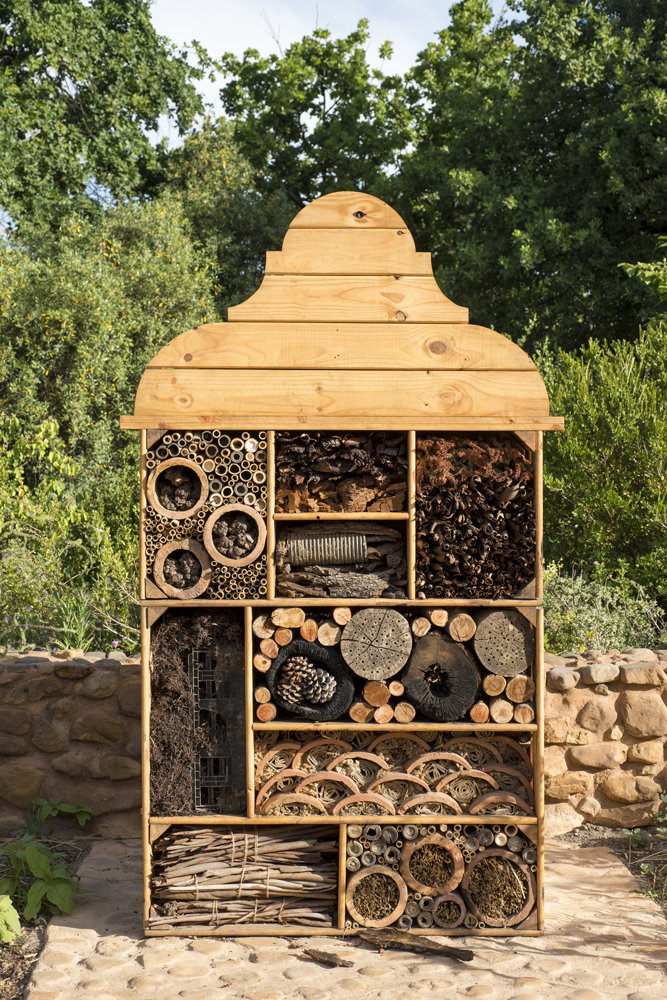
Insect hotels can range in size from a shoebox to a 2m-high mansion. For shelving and walls, use logs and bricks, recycled pallets or wooden boxes piled on top of one another. Ideally an insect hotel should receive morning sun only, warming it up, but not baking it. It must stay dry, so it needs to be under shelter or have a roof. Instead of creating one large hotel, you can make a few, placing them in different sections of the garden. Solitary bees prefer a sunnier, warmer spot – especially in winter – rather than the cooler spot a lizard might choose for its eggs. You have to start thinking like an insect!
Furnishing it
Different types of insects are attracted to different materials. A typical insect hotel has many compartments filled with a wide variety of nesting and hidey-hole options such as:
- Logs with various sized holes drilled at 5–10mm intervals. These encourage solitary bees and wasps to lay their eggs and fill the holes with pollen and nectar.
- A closed box with narrow slits provides a safe, dark spot for hibernating butterflies.
- Old logs and bark attract the detritivores – they love nothing more than a home with layers of bark or rotting logs. Logs placed on the ground at the base of the hotel will also attract centipedes (which eat slugs), and spiders (which eat many pests).
- Hollow canes or bamboo bring insects such as spiders and solitary bees as well as predators like lizards and praying mantises, who look for dry, safe spots in which to lay
their eggs. - Twigs and sticks bundled together attract ladybirds, ground beetles and hoverflies.
- Straw, dried grass and rolled up leaves entice daddy long legs and lacewings.
- Cardboard tubes, reeds, egg cartons, pine cones, air bricks and terracotta pots can be added.
Catering
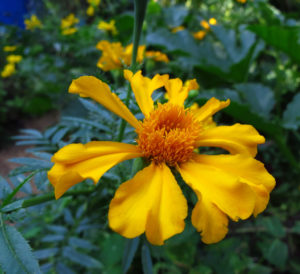
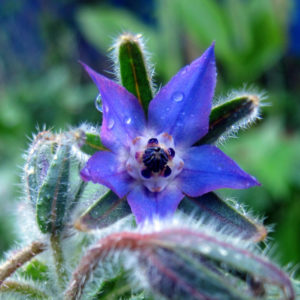
Plant insect-attracting plants near and around the hotel to provide a smorgasbord of nectar and pollen throughout the year. If you can see the middle of a flower easily, it’s a good insect attractor. Single-petal flowers, such as marigolds and daisies, provide easy nectar. Aloes, alyssum, borage, bottlebrush, coneflowers, coreopsis, cosmos, fruit trees, lavender, moonflowers, poppies, purple ribbon bush, sage, salvia, squash flower, sunflowers, verbena, Virginia creeper and zinnia are some of the plants insects love.

